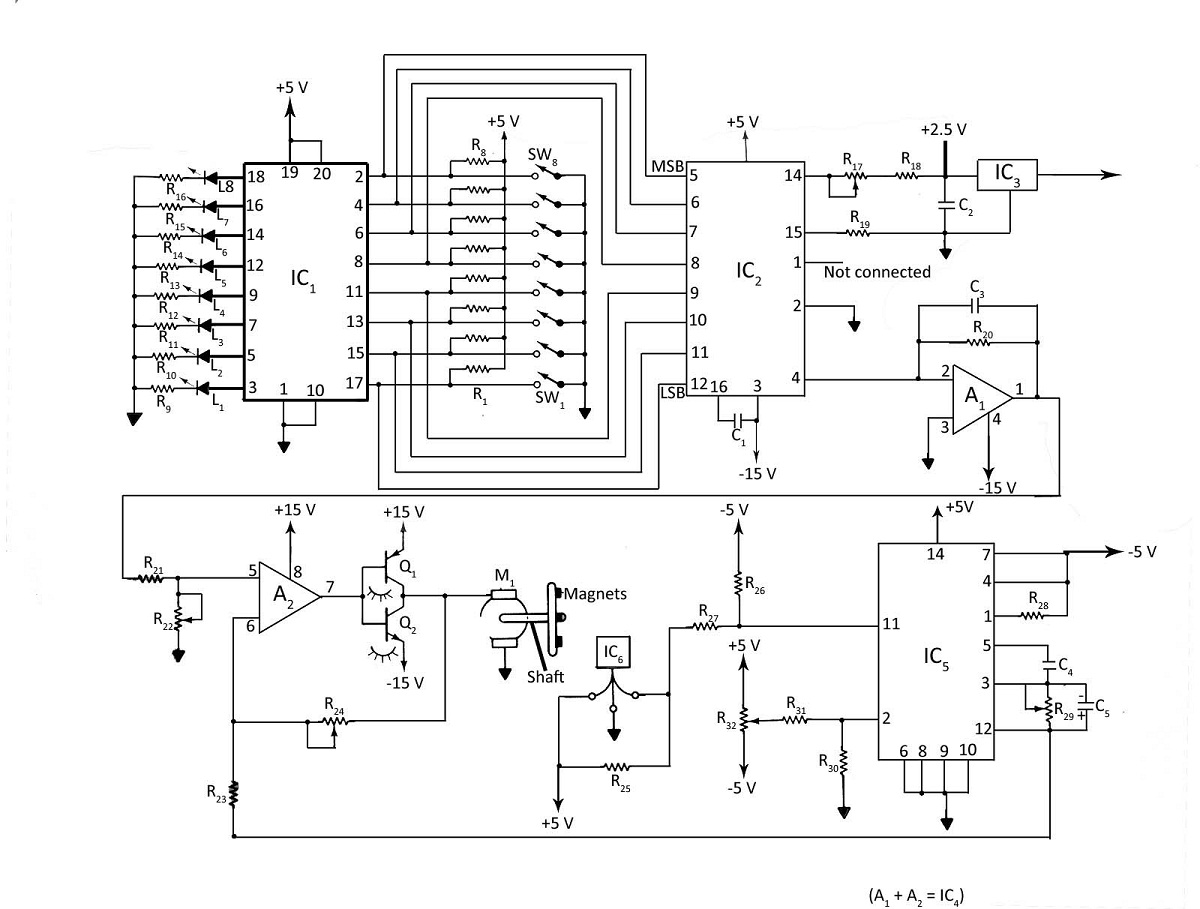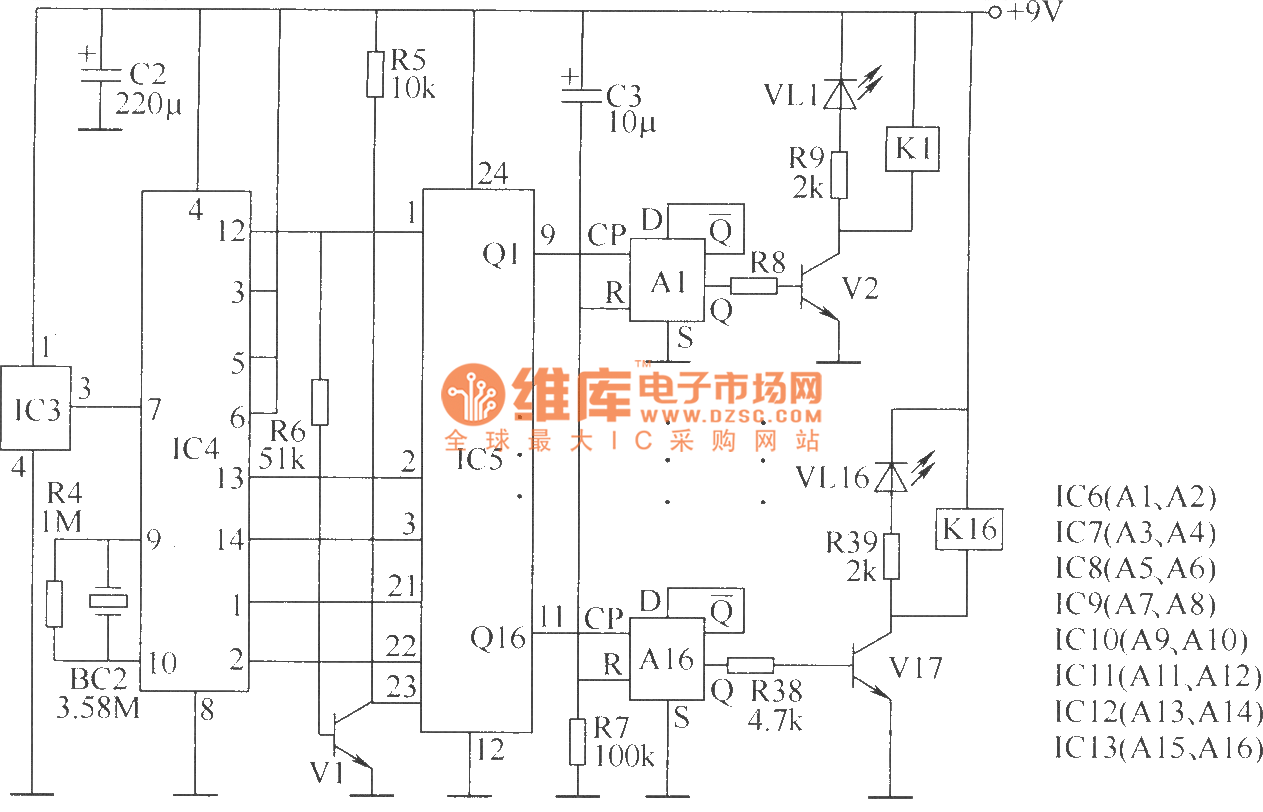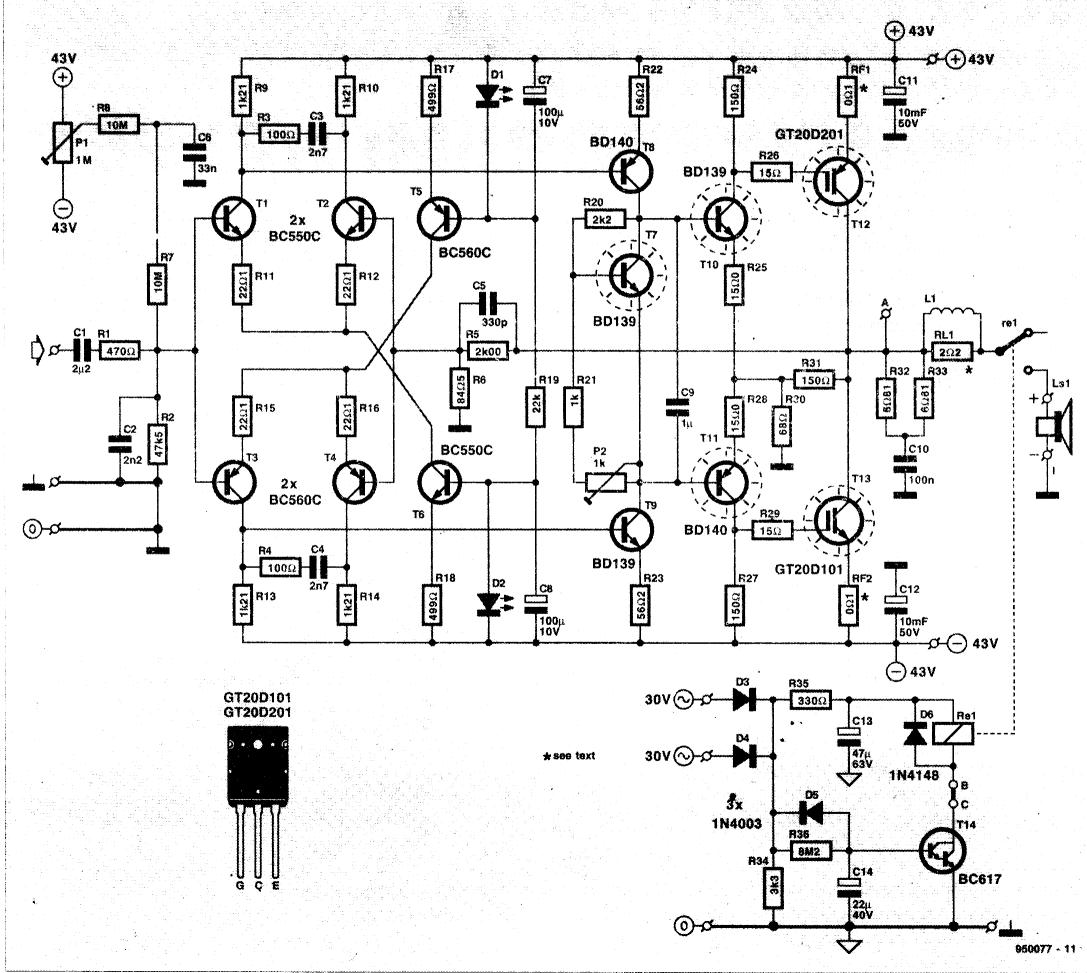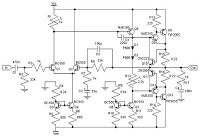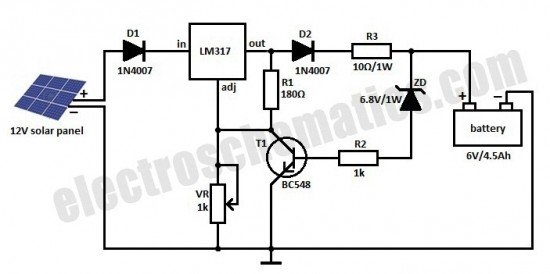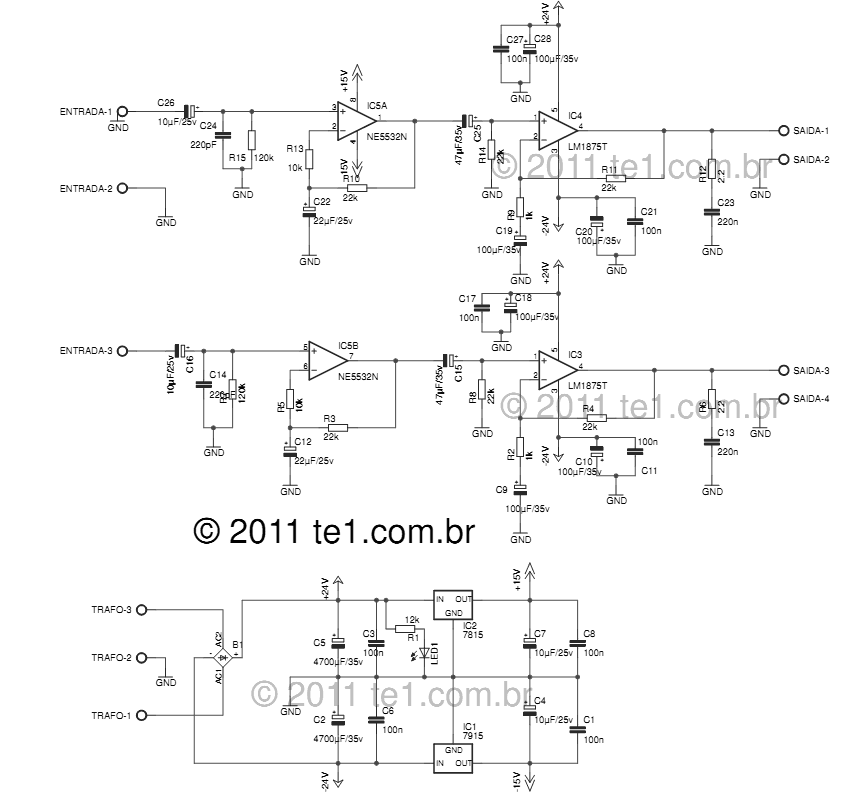
Two electric motors or electrical interlocking control circuit
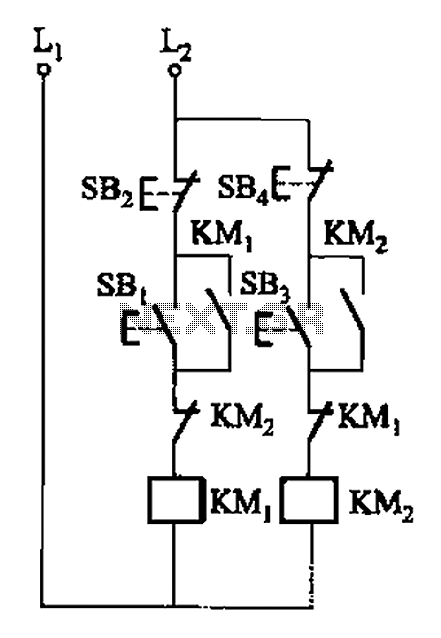
A, B, and two electric motors allow simultaneous operation through interlock control. The two motors can be connected in series with each other using normally closed contacts in the respective coil circuit.
The circuit design facilitates the interlocking operation of two electric motors, referred to as Motor A and Motor B, ensuring that both motors can operate simultaneously without causing electrical faults or mechanical interference. The interlock control system is achieved through the use of normally closed contacts, which are integrated into the coil circuit of each motor.
In this configuration, the normally closed contacts are connected in series with the coils of the motors. When Motor A is energized, the current flows through its coil, causing it to operate. However, the normally closed contact associated with Motor B remains closed, allowing the current to flow to Motor A while preventing Motor B from being activated simultaneously. This arrangement ensures that if one motor is running, the other cannot be activated, thereby preventing potential overload or mechanical failure.
The circuit can be designed using relays or contactors that feature normally closed contacts. Each motor coil is connected to its respective relay, and the relay contacts are wired to form an interlock. This means that when one relay is energized, it opens the circuit for the other relay, effectively preventing both motors from running at the same time.
Additionally, this configuration can be enhanced with safety features such as overload protection and emergency stop buttons. These components can be integrated into the circuit to provide further reliability and safety during operation. The interlock control system is particularly useful in applications where motors must not operate simultaneously due to load constraints or mechanical coupling, ensuring a safe and efficient operational environment.A, B and two electric motors (or electronic) allowed simultaneous operation (interlock control). The two motors can (or electronic) of the respective contact normally closed co ntacts in series with each other interchangeably coil circuit,
The circuit design facilitates the interlocking operation of two electric motors, referred to as Motor A and Motor B, ensuring that both motors can operate simultaneously without causing electrical faults or mechanical interference. The interlock control system is achieved through the use of normally closed contacts, which are integrated into the coil circuit of each motor.
In this configuration, the normally closed contacts are connected in series with the coils of the motors. When Motor A is energized, the current flows through its coil, causing it to operate. However, the normally closed contact associated with Motor B remains closed, allowing the current to flow to Motor A while preventing Motor B from being activated simultaneously. This arrangement ensures that if one motor is running, the other cannot be activated, thereby preventing potential overload or mechanical failure.
The circuit can be designed using relays or contactors that feature normally closed contacts. Each motor coil is connected to its respective relay, and the relay contacts are wired to form an interlock. This means that when one relay is energized, it opens the circuit for the other relay, effectively preventing both motors from running at the same time.
Additionally, this configuration can be enhanced with safety features such as overload protection and emergency stop buttons. These components can be integrated into the circuit to provide further reliability and safety during operation. The interlock control system is particularly useful in applications where motors must not operate simultaneously due to load constraints or mechanical coupling, ensuring a safe and efficient operational environment.A, B and two electric motors (or electronic) allowed simultaneous operation (interlock control). The two motors can (or electronic) of the respective contact normally closed co ntacts in series with each other interchangeably coil circuit,
